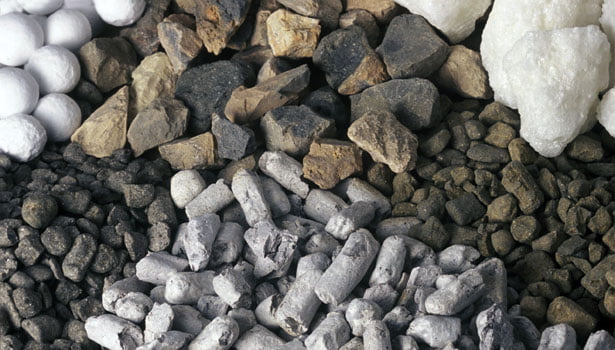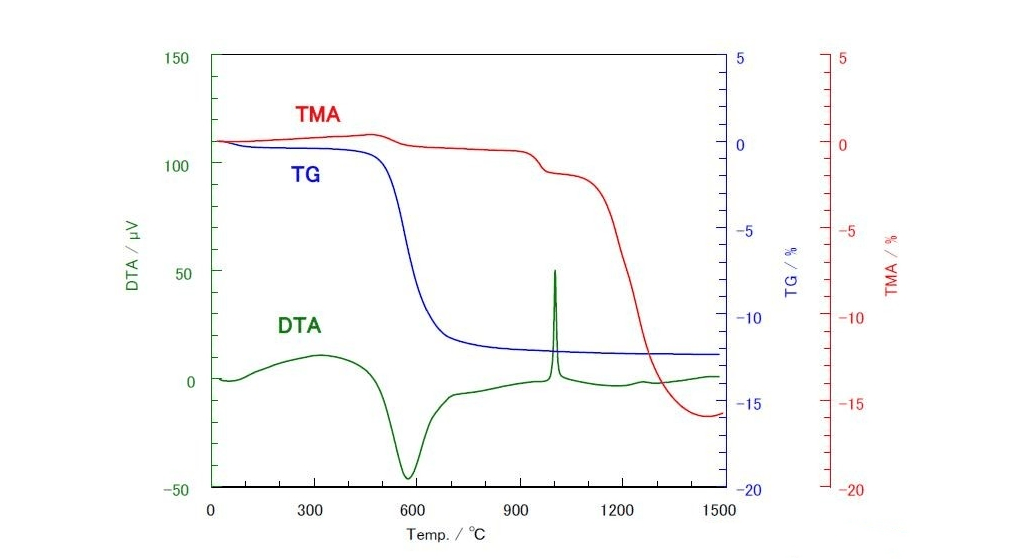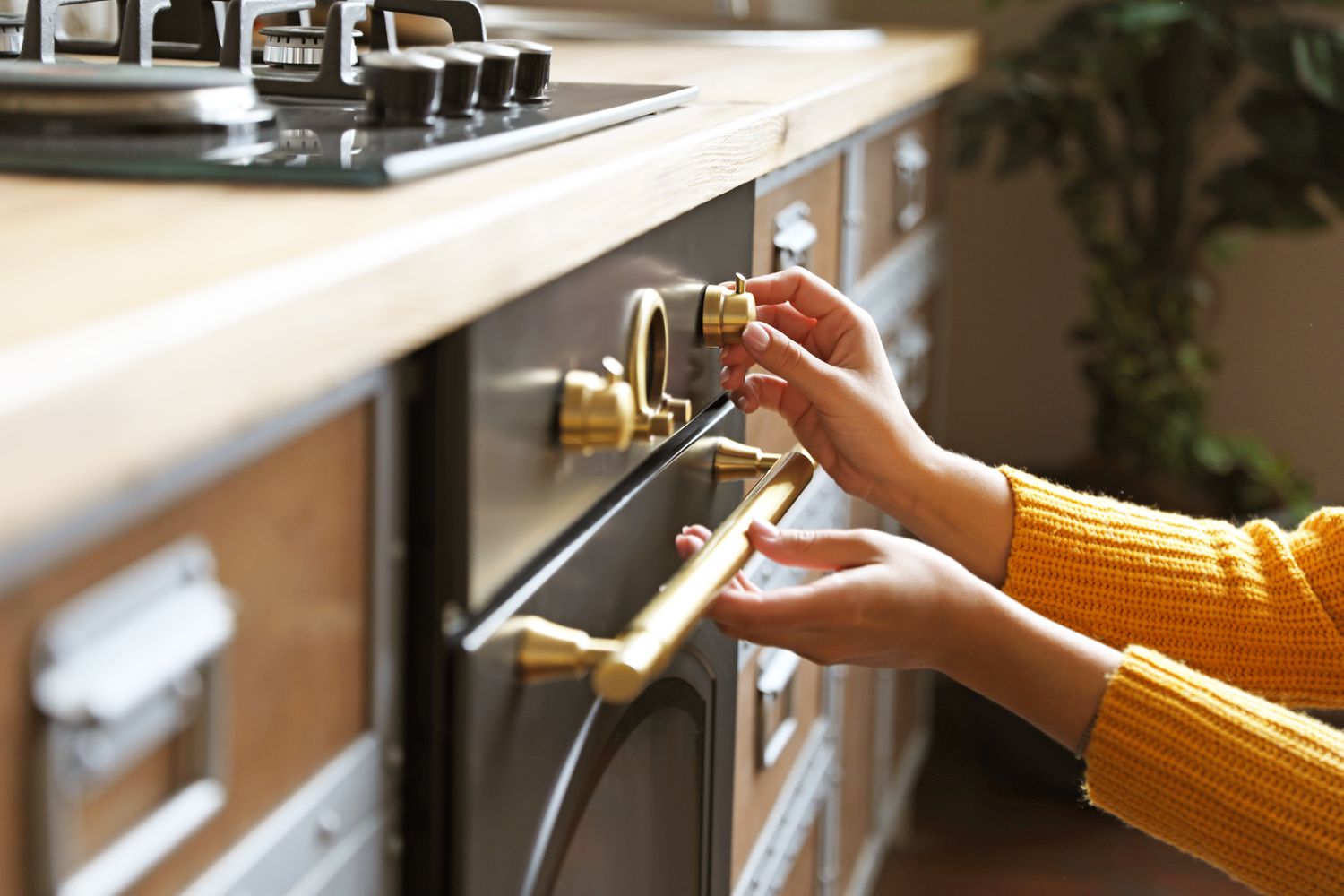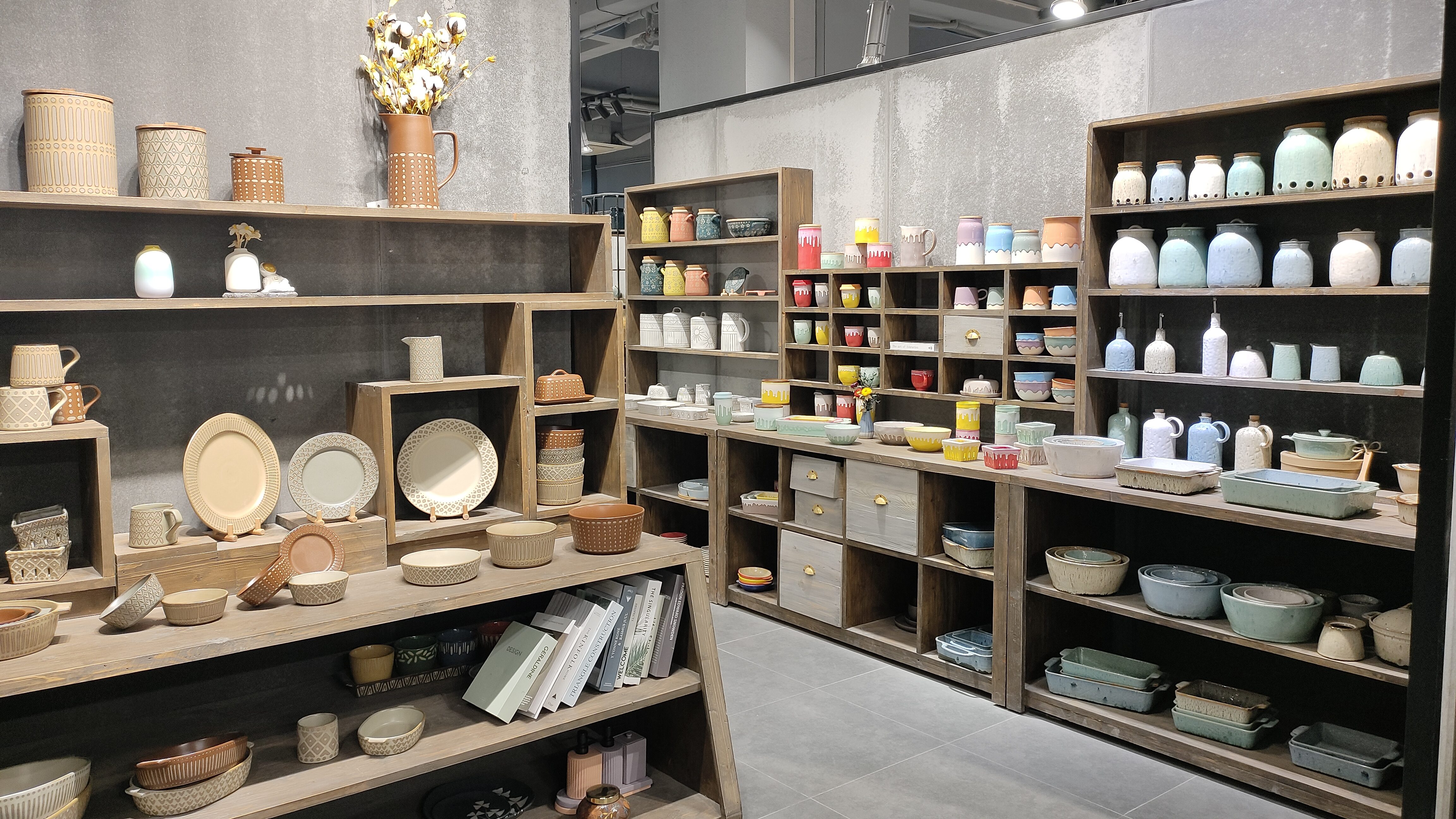
세라믹 베이킹 시트는 일상적인 홈 베이킹에서 흔히 사용하는 베이킹 도구로, 음식을 굽고, 굽고, 데우는 데 자주 사용됩니다. 하지만 많은 사람들이 궁금해할 수 있습니다: 세라믹 베이킹 시트는 전자레인지와 오븐에서 사용해도 안전한가요?
이 문제는 세라믹 베이킹 팬의 제조 공정, 재료, 에나멜, 소성 온도 및 기타 요인에서 분석해야 합니다.


세라믹 베이킹웨어의 장인 정신
세라믹 베이킹 팬의 제조 공정에는 일반적으로 다음 단계가 포함됩니다:
원재료 선택:
고품질 세라믹 베이킹 팬의 원료는 주로 점토, 도자기 석재, 장석 및 기타 고온에서 소결되고 내열성과 가소성을 보장하기 위해 엄격하게 선별 된 기타 원료로 만들어집니다.

세라믹 배아 본체 생산:
선택한 세라믹 원료를 성형 및 생산을 위해 금형에 넣고 금형 사양에 따라 필요한 베이킹 팬 모양을 생산합니다.
세라믹 배아 바디의 유약:
형성된 배아 몸통 베이킹 팬의 표면에 유약을 발라 배아 몸통의 표면을 고르게 덮어 광택, 내마모성 및 음식에 달라붙지 않도록 합니다.

고온 소성:
유약 후 배아 본체를 고온 가마에 넣어 80°~1280°에서 소성하고, 세라믹의 환원성과 표면 강도를 보장하기 위해 온도 범위를 제어하여 표면이 매끄럽고 균일하며 내열성 및 내마모성을 갖도록 합니다.

세라믹 베이크웨어의 재료 선택
일부 세라믹 베이크웨어는 오븐에서 사용해도 안전한데 전자레인지에서는 사용할 수 없는지 궁금해하는 분들이 있습니다. 물론 대답은 '그렇다'입니다.
전자레인지와 오븐은 완전히 다르게 작동합니다. 세라믹 베이킹 시트는 오븐의 일정한 온도 변화를 견딜 수 있어야 하고, 전자레인지의 방사선을 견딜 수 있어야 합니다. 특정 유형의 세라믹 소재는 방사선을 견디지 못하고 물을 흡수하여 빠르게 가열될 수 있기 때문에 전자레인지에서 사용하기에 매우 위험합니다.
세라믹은 오늘날 가장 내열성이 뛰어난 소재 중 하나로, 대부분의 사람들이 매일 사용하고 일부 사람들에게 가장 편리하고 인기 있는 요리 방법이 되었기 때문에 오늘날 만들어진 대부분의 베이크웨어는 전자레인지를 견딜 수 있도록 특별히 설계되었습니다.
고품질의 안전한 세라믹 베이크웨어는 점토, 도석, 장석 등의 원재료로 만든 후 소성하여 단단한 세라믹 소재를 형성합니다. 또한 내열성과 내충격성을 강화하기 위해 유리화제와 같은 재료를 첨가합니다. 고품질 세라믹 베이크웨어는 유해 물질을 포함하지 않으며 CA65, SGS, LFGB 및 기타 식품 테스트를 통과할 수 있습니다.
세라믹 베이킹웨어 사용 지침
세라믹 베이크웨어는 전자레인지와 오븐에서 사용해도 안전합니다.
- 전자레인지에서 세라믹 베이킹 팬에 식품을 넣고 적절한 전자레인지 출력과 시간을 선택하여 가열합니다.
- 예열된 오븐에 세라믹 베이킹 팬을 넣고 음식을 굽거나 구워주세요.
또한 세라믹 제품은 에어프라이어, 캠프파이어, 브로일러, 찜기, 식기세척기, 냉장고, 냉동고 등에서도 안전하게 사용할 수 있습니다.


세라믹 베이킹 웨어를 선택하는 이유는?
세라믹 베이크웨어는 세라믹과 유사한 재질로 코팅된 것이 아니라 세라믹 코어가 있습니다. 세라믹 베이크웨어는 무독성이며 용출되지 않아 사용하기에 더 안전합니다. 다른 많은 베이크웨어 제품에는 코팅이 되어 있어 잘 달라붙지 않으며 과불화옥탄산이나 테프론과 같은 유해 물질이 포함되어 있어 깨지거나 조각이 나거나 음식에 섞여 질병을 유발할 수 있습니다.
세라믹 베이크웨어는 유해한 코팅이 되어 있지 않으며, 대형 베이크웨어도 금속 코어가 없기 때문에 음식에 중금속이 과도하게 함유되는 것을 방지할 수 있습니다.
세라믹 베이킹웨어 사용 시 주의사항
세라믹 베이크웨어는 전자레인지와 오븐에서 사용할 수 있지만 몇 가지 주의해야 할 사항이 있습니다:
- 전자레인지와 오븐용으로 특별히 설계된 세라믹 베이킹 팬을 선택해야 안전과 성능을 보장할 수 있습니다.
- 예열된 오븐에 갑자기 뜨겁거나 차가운 음식을 넣으면 과도한 온도 차이로 인해 베이킹 팬이 깨질 수 있으므로 주의하세요.
- 세라믹 베이킹 팬을 세척하고 관리할 때는 베이킹 팬 표면이 손상되지 않도록 딱딱한 솔과 강산성 및 알칼리성 세제를 사용하지 마세요.
결론
세라믹 베이킹 시트는 내방사선 소재로 만든 경우 전자레인지와 오븐에서 사용해도 안전합니다. 오늘날 세라믹 베이킹 팬은 가장 안전하고 실용적인 주방 용품입니다. 정교한 장인 정신, 안전한 소재, 간편한 사용법으로 주방 요리에 편리함과 효율성을 더해줍니다. 조리기구 구매를 고려하고 있다면 주방의 강력한 조력자가 되어 요리 생활에 색과 재미를 더할 세라믹 베이킹 팬을 선택하는 것이 좋습니다.
세라믹 베이크웨어의 종류
세라믹 베이킹 팬에는 대형을 포함한 다양한 종류가 있습니다. 베이킹 팬 고기 굽기용, 중간 크기 베이킹 요리 빵, 파이, 라자냐를 굽거나 작은 베이킹 라메킨 를 사용하여 컵케이크와 수플레를 만들 수 있습니다.
진화 세라믹 는 다양한 세라믹 베이크웨어를 제조하고 있으며, 원재료, 색상, 모양, 패턴, 포장에 대한 맞춤형 옵션을 포함한 맞춤형 서비스를 제공합니다. 디자인부터 샘플 생산, 대량 생산에 이르기까지 뛰어난 디자인 역량, 전문 제조 능력, 우수한 품질 관리, 빠른 물류를 바탕으로 고객의 구매 요구에 맞는 맞춤형 서비스를 제공하는 다양한 대규모 기업을 위한 원스톱 솔루션을 제공합니다.
다음과 더불어 세라믹 베이크웨어또한 다음을 생산합니다. 세라믹 식기, 세라믹 욕실 세트, 세라믹 캔들 홀더 & 항아리.
B2B 바이어의 문의를 적극 환영합니다. 우리는 최고의 세라믹 제품 제조 파트너가 될 것입니다!








